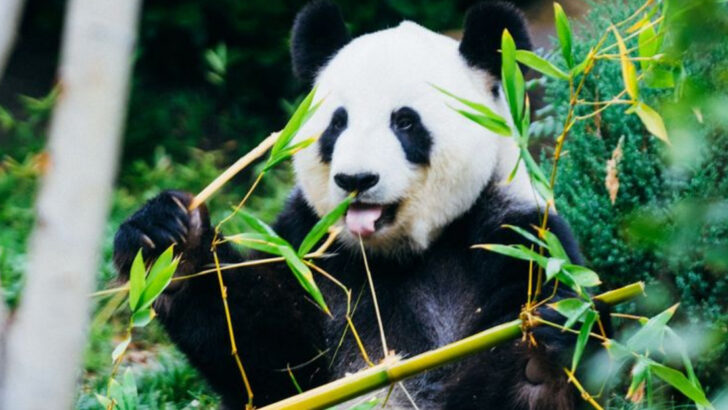They don’t have claws like tigers.
They don’t roar, stalk, or strike.
But without them, the wild would fall apart.
Herbivores are the quiet giants, the lawnmowers of the natural world, the backbone of every ecosystem.
They’re not flashy, but their presence is everything.
Take them out of the picture, and predators starve, forests change, and balance disappears.
Some are massive, like elephants that sculpt landscapes with every step.
Others are tiny but mighty—shaping the world through sheer numbers and endless grazing.
They’re peaceful, but make no mistake—these plant-eaters are power players.
From the savannas to the seafloor, their daily habits shape entire environments.
Let’s shine a spotlight on the gentle grazers, the leafy snackers, and the silent forces keeping nature spinning.
African Elephant
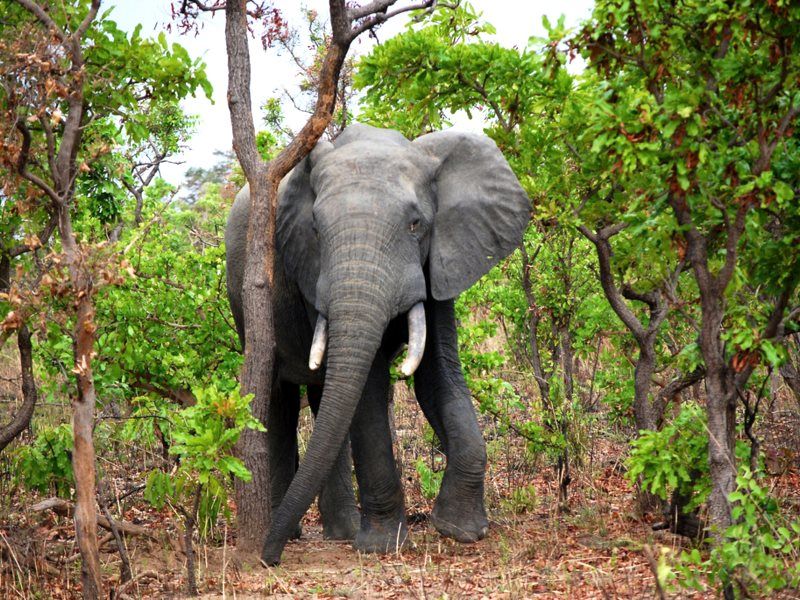
With their large ears and gentle eyes, African elephants are the giants of the savannah. They roam in herds, led by a wise matriarch who guides them to water and food. Their immense size and strength allow them to push down trees, creating pathways and opening up the landscape for other species.
Despite their power, they have a calm disposition and display complex emotions. Known for their strong family bonds, elephants communicate through rumbles and trumpets. These behaviors highlight their intelligence and social nature, showcasing why they are revered across cultures.
Did you know? Elephants have an extraordinary memory, often remembering routes to water holes for decades.
Giant Panda
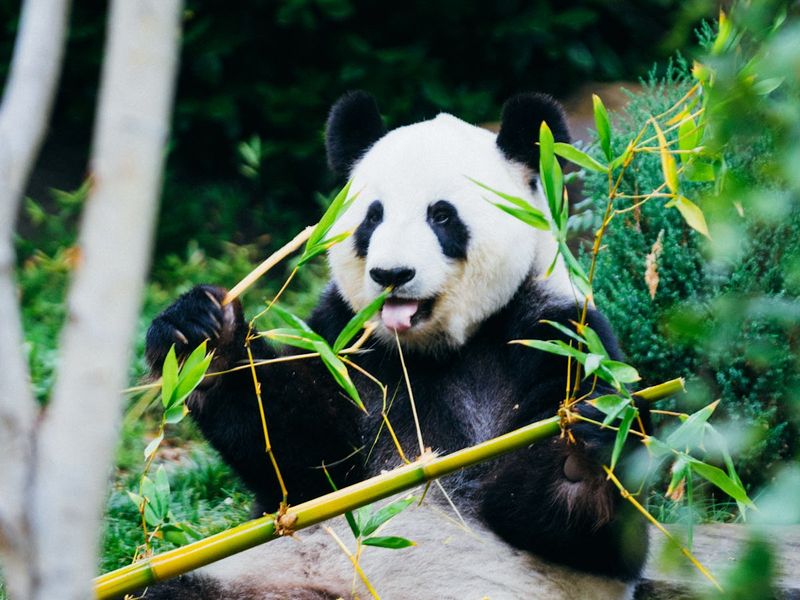
The Giant Panda, with its striking black and white fur, is a symbol of conservation efforts worldwide. Preferring a diet of bamboo, these bears spend hours chewing through stalks, using their pseudo-thumb to grasp with precision.
Native to China’s mountainous regions, pandas have a peaceful temperament and are often seen lounging or playfully rolling around. Their solitary nature contrasts with their adorable appearance, evoking a sense of whimsy and charm.
Fun fact: The Giant Panda’s digestive system is more similar to that of a carnivore, yet they have adapted to primarily consume plants.
Koala
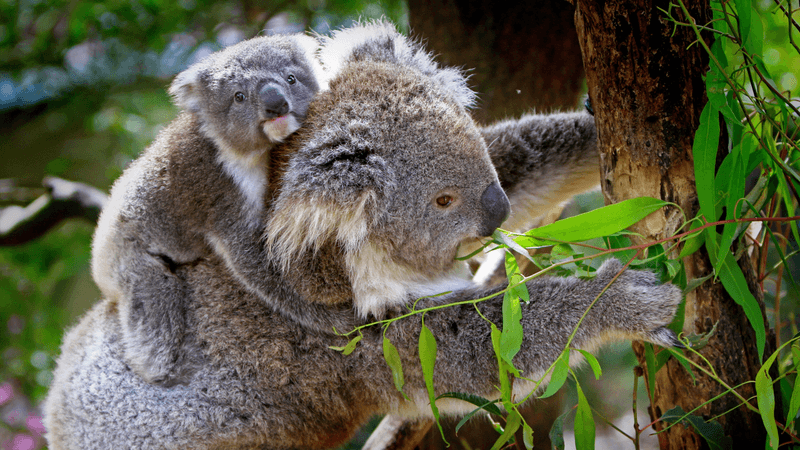
Perched high in eucalyptus trees, koalas spend most of their lives dozing peacefully. These marsupials, native to Australia, are known for their fuzzy, round ears and spoon-shaped noses.
Feeding exclusively on eucalyptus leaves, koalas have adapted to this fibrous diet with a slow metabolism, allowing them to rest for up to 20 hours a day. Their tranquil lifestyle is complemented by their unusual vocalizations during the mating season.
Did you know? Koalas have fingerprints so similar to humans that they can be mistaken for human fingerprints at crime scenes!
Manatee
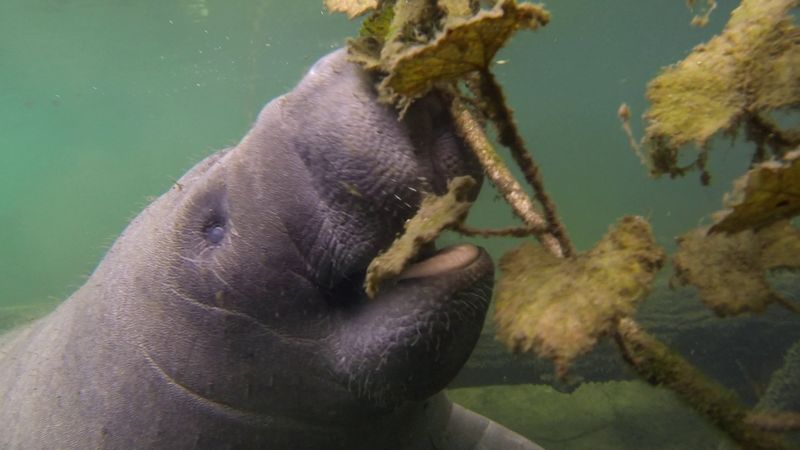
Often referred to as “sea cows,” manatees are serene giants of the water. Found in warm coastal waters, they are herbivores that graze on aquatic plants, maintaining healthy seagrass beds.
With their paddle-like flippers and curious whiskered snouts, manatees are known for their friendly demeanor towards humans. They move slowly and gracefully, embodying a leisurely life.
Interesting fact: Manatees must surface for air every 20 minutes, making their appearance a gentle spectacle in the water world.
Giraffe
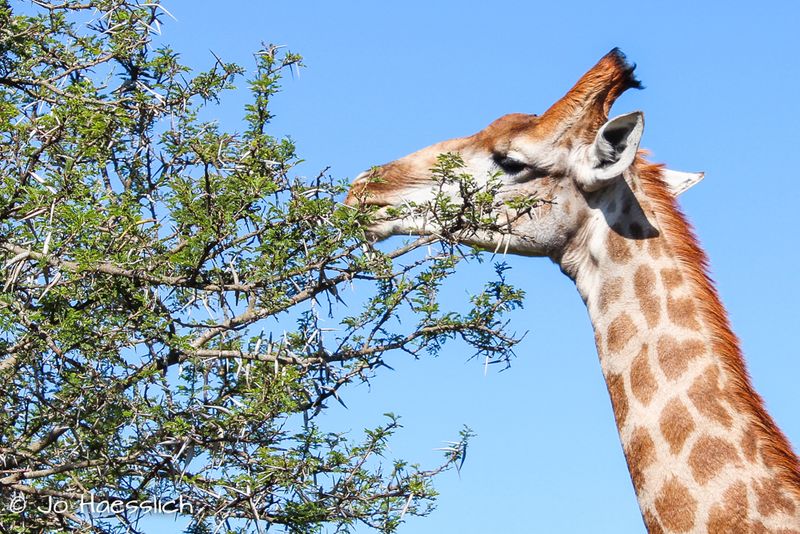
Giraffes, the tallest land animals, are iconic figures of the African landscape. Their long necks allow them to reach leaves high in trees, helping shape the vegetation structure.
With their distinctive spotted coats and gentle gaze, giraffes move in elegant strides, often seen in small groups. Their silent nature and towering presence add to their mystique.
Did you know? Giraffes have the same number of neck vertebrae as humans—an astonishing seven!
Sloth
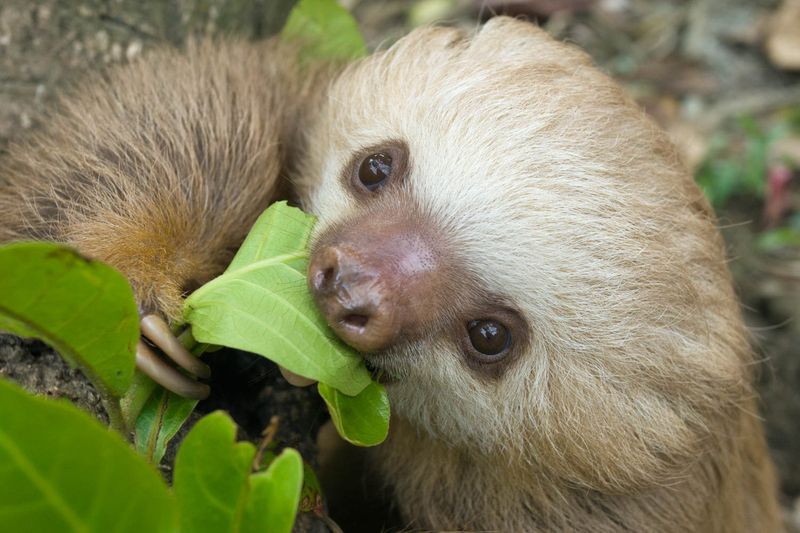
Known for their slow-paced life, sloths spend most of their time hanging from trees in tropical rainforests. Their slow movement helps avoid detection by predators.
Sloths have a unique relationship with their environment, as algae grow on their fur, providing camouflage. Their serene expressions and leisurely lifestyle make them captivating creatures of the forest.
Fun fact: Despite their sluggish nature, sloths are excellent swimmers, often seen crossing rivers with surprising agility.
Bison
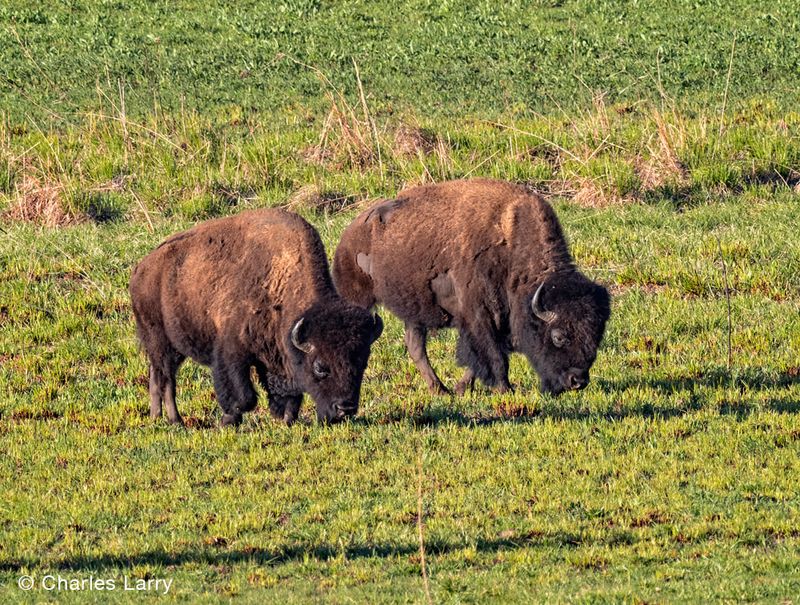
Bison, with their massive frames and shaggy manes, are symbols of resilience and strength on the American plains. These herbivores maintain the health of grasslands by grazing and aerating the soil.
In large herds, bison move with purpose, creating a dynamic presence across vast landscapes. Their grunts and huffs punctuate the serene backdrop of their environment.
Did you know? Bison were once nearly extinct due to overhunting but have made a significant comeback through conservation efforts.
Capybara
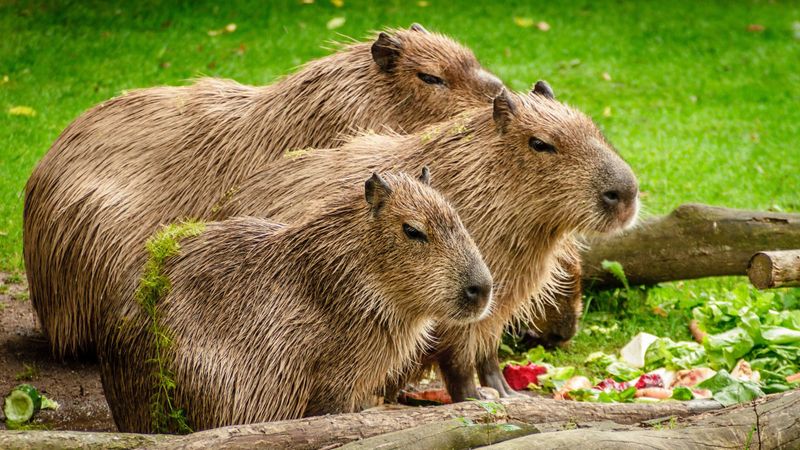
As the world’s largest rodent, capybaras are naturally sociable creatures found near water bodies in South America. Their webbed feet make them excellent swimmers, and they often escape predators by diving into water.
Capybaras live in groups, displaying a relaxed and harmonious social structure. Their friendly interactions with other species, including birds and small mammals, highlight their amiable nature.
Fun fact: Capybaras are known to serve as “chairs” for birds, who perch on their backs while searching for insects.
Hippopotamus
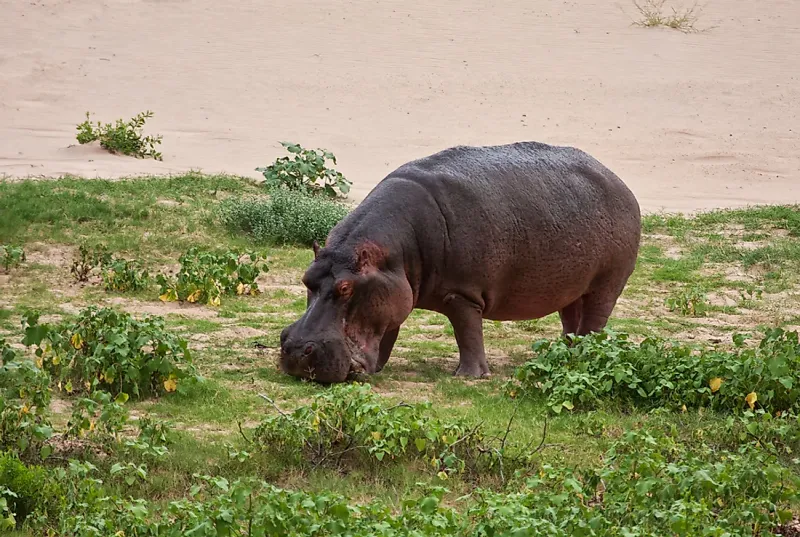
Despite their bulky size, hippopotamuses spend much of their time submerged in water to keep cool. These semi-aquatic mammals are crucial to riverine ecosystems, as their grazing helps maintain aquatic plant life.
Hippos are known for their territorial nature, often seen in groups or “bloats” resting in shallow waters. Their wide mouths and toothy grins make them an unforgettable sight in African rivers.
Did you know? Hippos produce their sunscreen—an oily red secretion that protects their skin from harsh sunlight.
Zebra

Zebras, with their iconic black and white stripes, create a mesmerizing sight on the African plains. These social animals form tight-knit groups, known as harems, led by a dominant stallion.
Their stripes serve various purposes, from confusing predators to regulating body temperature. Zebras graze alongside other herbivores, contributing to the ecological balance of the grasslands.
Interesting fact: No two zebras have the same stripe pattern, making each one uniquely identifiable, much like a fingerprint.
Okapi
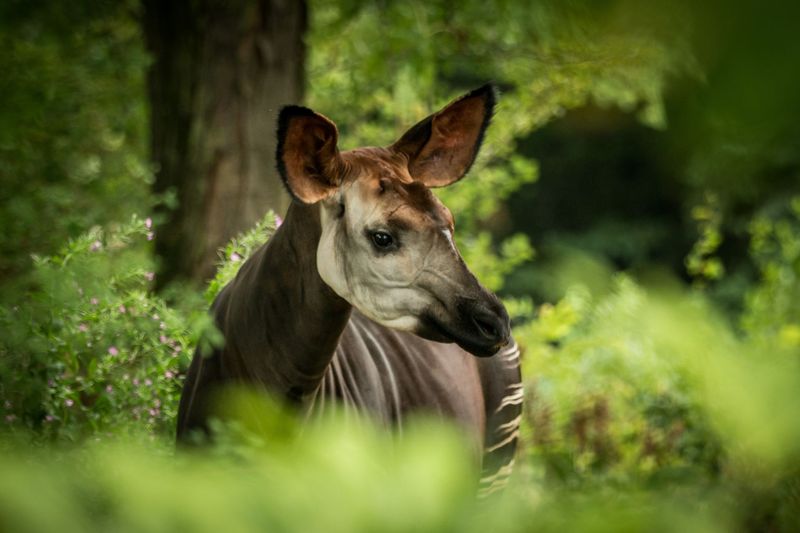
Often mistaken for a zebra due to its striped legs, the okapi is actually more closely related to the giraffe. Found in the rainforests of Central Africa, this elusive animal is known for its solitary nature.
Okapis have long tongues, allowing them to strip leaves from branches with ease. Their mysterious demeanor and unique appearance add intrigue to the biodiversity of their habitat.
Did you know? Okapis were only discovered by the Western world in the early 20th century, despite being known to local tribes for centuries.
Kangaroo
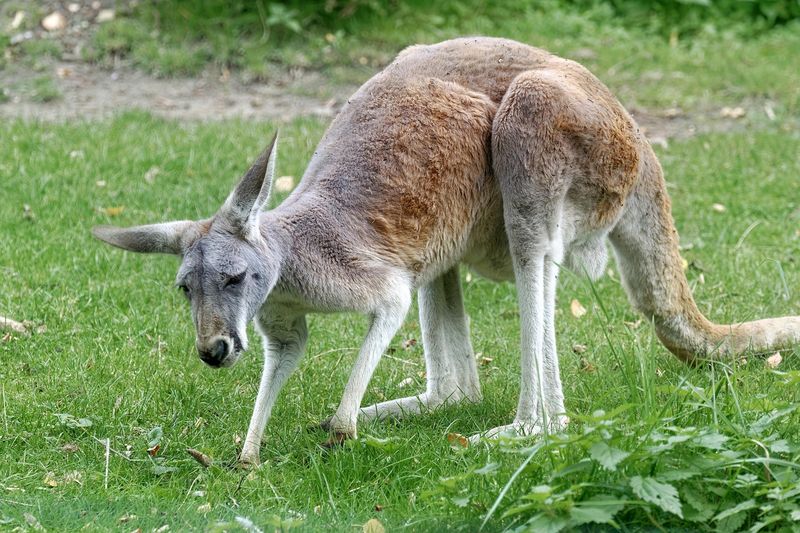
Kangaroos, the national symbol of Australia, are known for their powerful hind legs and distinctive hopping gait. Their pouches protect their young, the joeys, until they are ready to explore on their own.
Living in mobs, kangaroos exhibit complex social behaviors and communicate through a variety of sounds and gestures. Their adaptability to different environments makes them a quintessential part of Australia’s wildlife.
Fun fact: Kangaroos can’t move backward, a unique trait among mammals, highlighting their forward momentum in life.
Gorilla
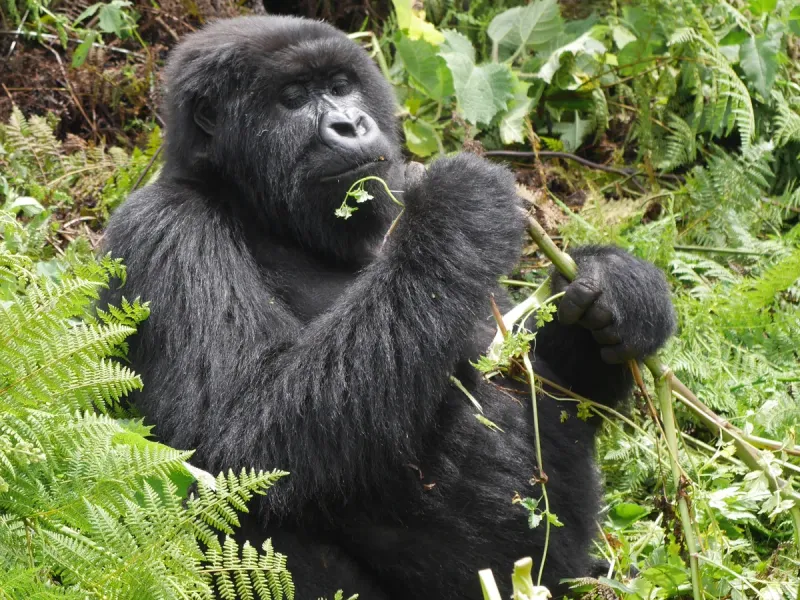
Gentle giants of the forest, gorillas are known for their impressive strength and tranquil demeanor. These primates live in groups led by a silverback, fostering deep family connections.
Gorillas primarily consume a vegetarian diet, consisting of leaves, stems, and fruits. Their expressive eyes and thoughtful gestures reveal a depth of emotion and intelligence.
Did you know? Gorillas share about 98% of their DNA with humans, making them one of our closest relatives in the animal kingdom.
Moose
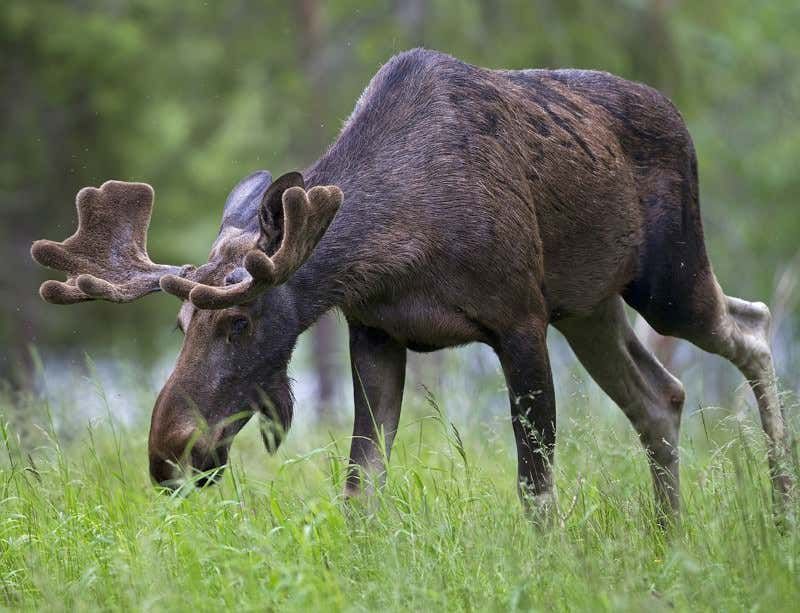
Moose are the largest members of the deer family, roaming the forests of North America and Europe. Their impressive antlers and long legs make them a formidable presence in the wilderness.
Despite their size, moose are solitary, often seen feeding on aquatic plants in lakes and rivers. Their calm nature belies their ability to move quietly through their habitat.
Interesting fact: Moose can close their nostrils to keep water out while feeding underwater—a unique adaptation among herbivores.
Alpaca
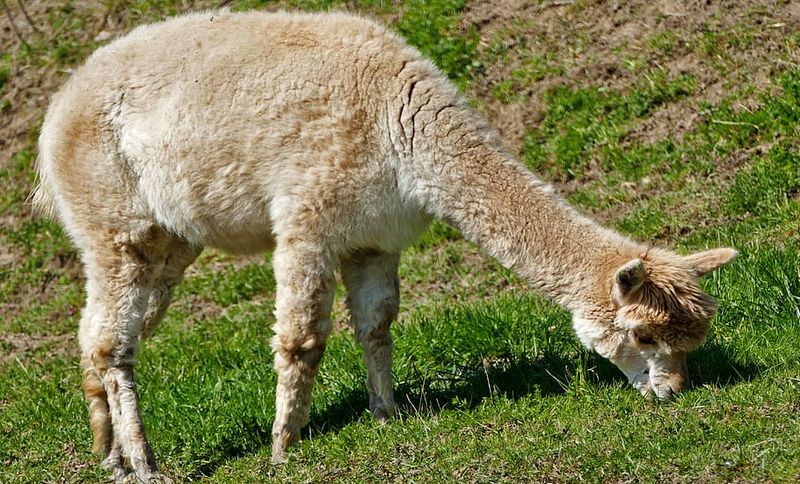
With their soft, luxurious wool and gentle demeanor, alpacas are treasured in the Andean regions of South America. These social animals live in herds, displaying playful interactions.
Alpacas graze on a variety of grasses, contributing to the maintenance of their high-altitude ecosystems. Their curious expressions and engaging personalities make them favorites among visitors.
Fun fact: Alpacas communicate through a series of gentle hums, each sound conveying a different emotion or need.
Tortoise
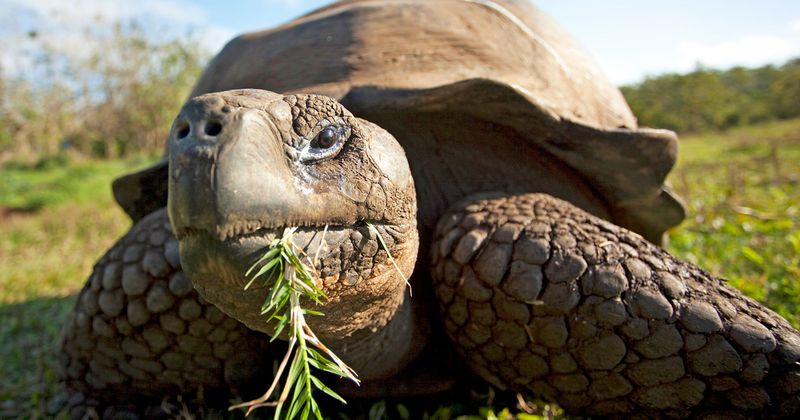
Embarking on a journey at their own pace, tortoises are symbols of longevity and patience. Found in various habitats, from deserts to forests, they have adapted to survive in harsh conditions.
Their hard shells provide protection, while their herbivorous diet of grasses and plants supports their slow metabolism. Tortoises are solitary creatures, known for their deliberate movements and enduring endurance.
Did you know? Some tortoises can live over 150 years, witnessing generations of change in their environment.
Reindeer
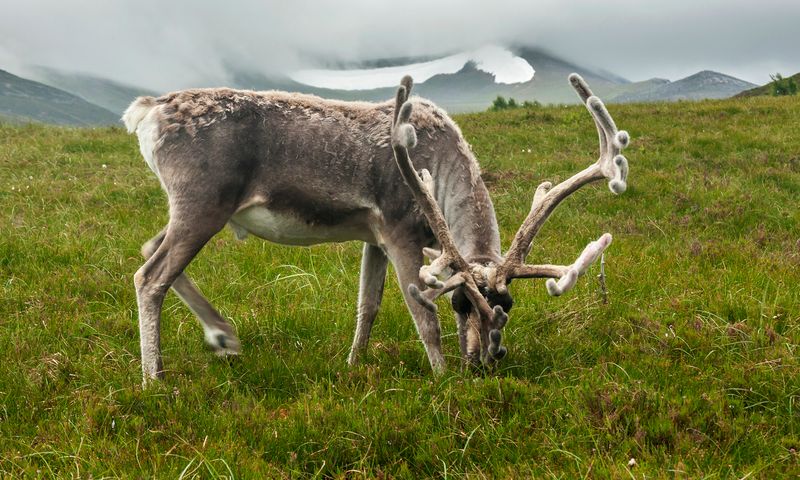
Reindeer, or caribou, are iconic inhabitants of the northern tundra. Adapted to cold climates, they migrate long distances in search of food and are essential to Indigenous cultures.
These social animals form large herds, their hooves making a distinctive clicking sound as they walk. Reindeer graze on lichens, mosses, and other tundra vegetation, playing a crucial role in their ecosystem.
Interesting fact: Both male and female reindeer grow antlers, unlike other deer species where only males typically have them.
Quokka

Often referred to as the world’s happiest animal, the quokka captivates with its infectious grin. This small marsupial inhabits the southwestern region of Australia, particularly on Rottnest Island. Known for its friendly demeanor, the quokka is a nocturnal herbivore, feeding on various plant materials like leaves and stems.
Quokkas have adapted well to their environment, and their population thrives in tourist-friendly areas. They are social creatures, often spotted in groups, which adds to their charm. Their resilience and adaptability make them a beloved species among locals and tourists alike.
Interestingly, quokkas were once mistaken for large rats by early explorers. Today, their cheerful appearance and approachable nature continue to endear them to people worldwide.

